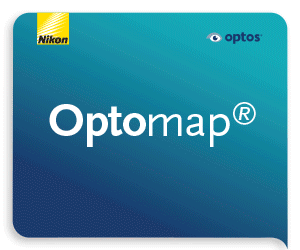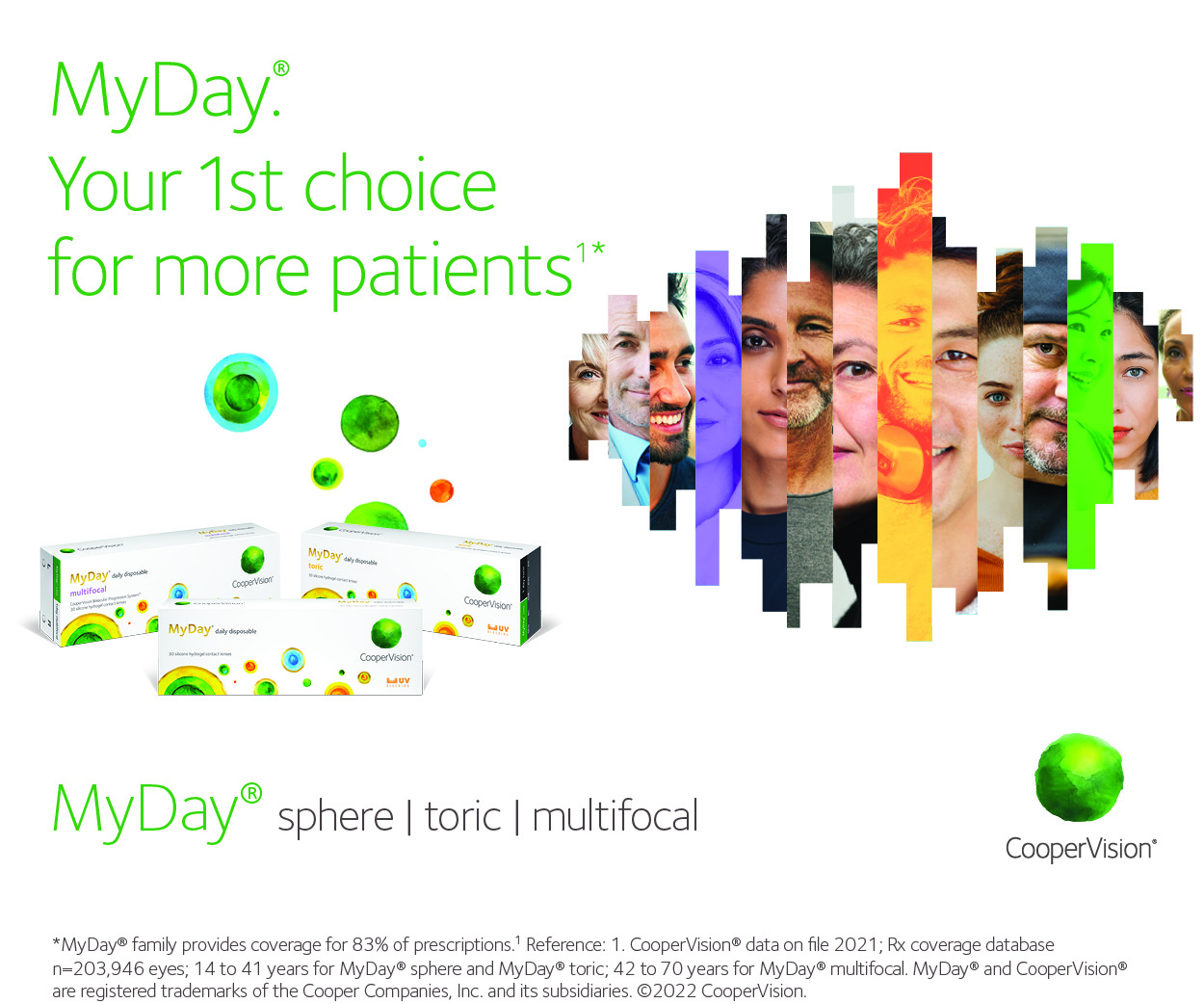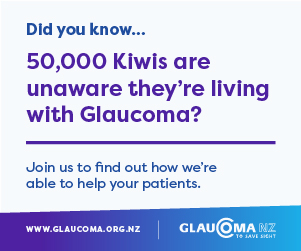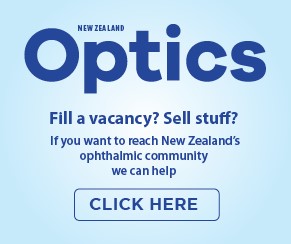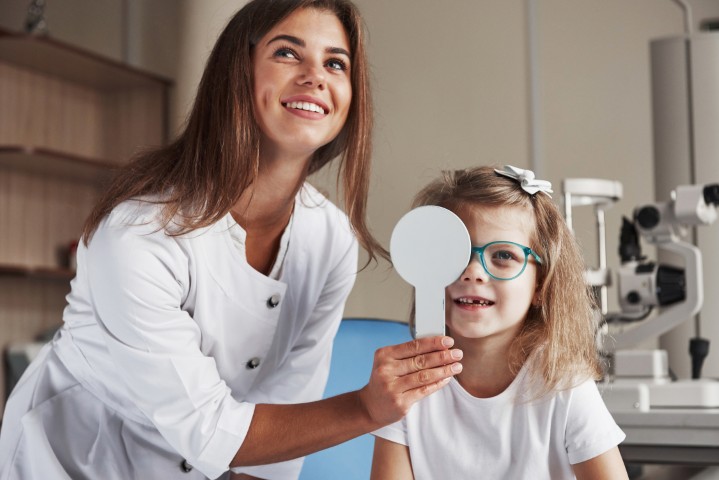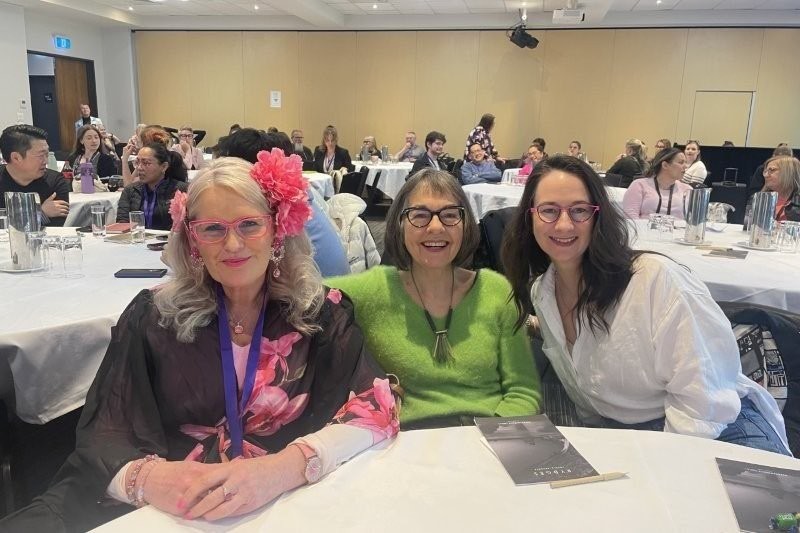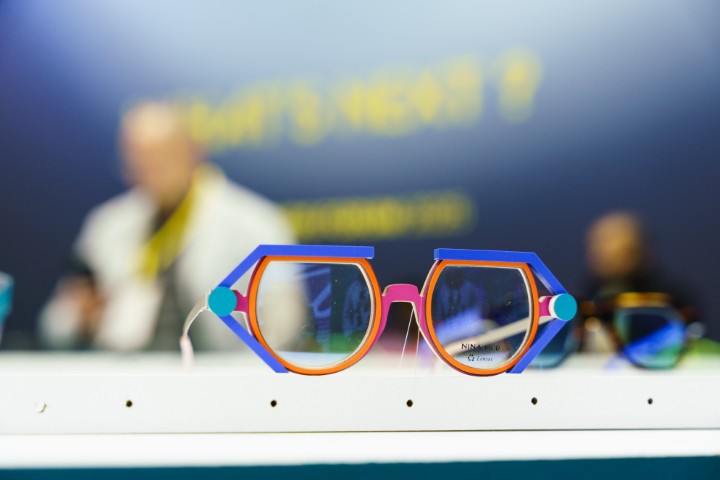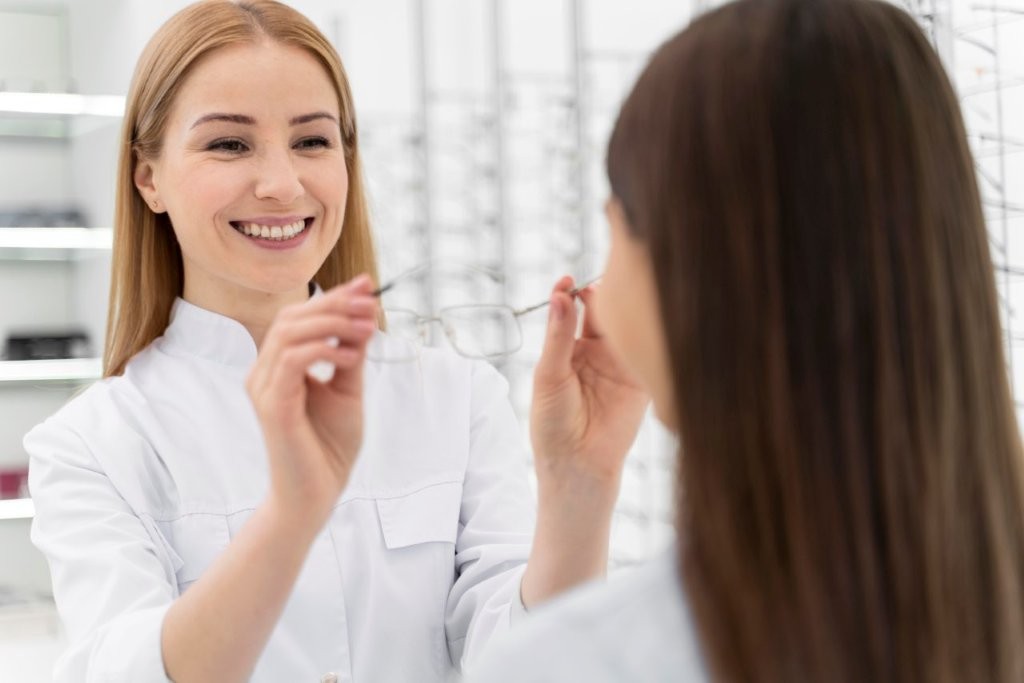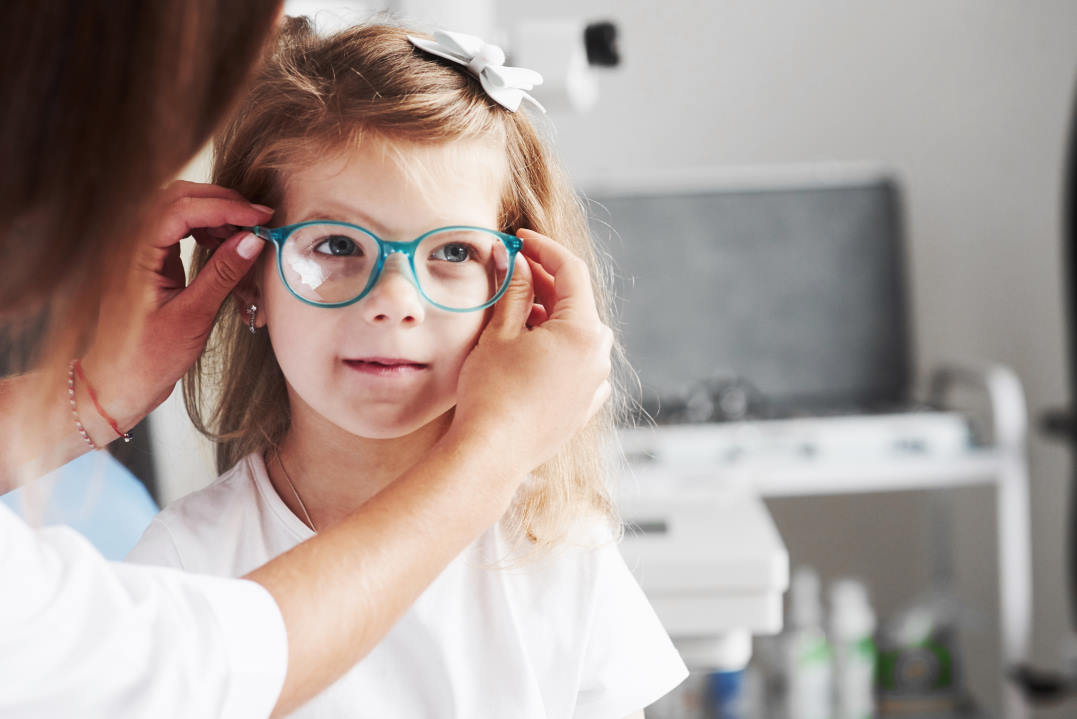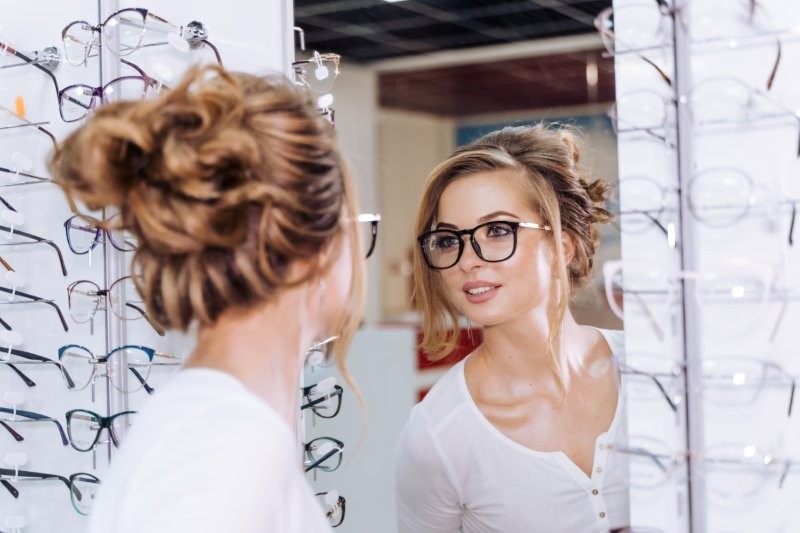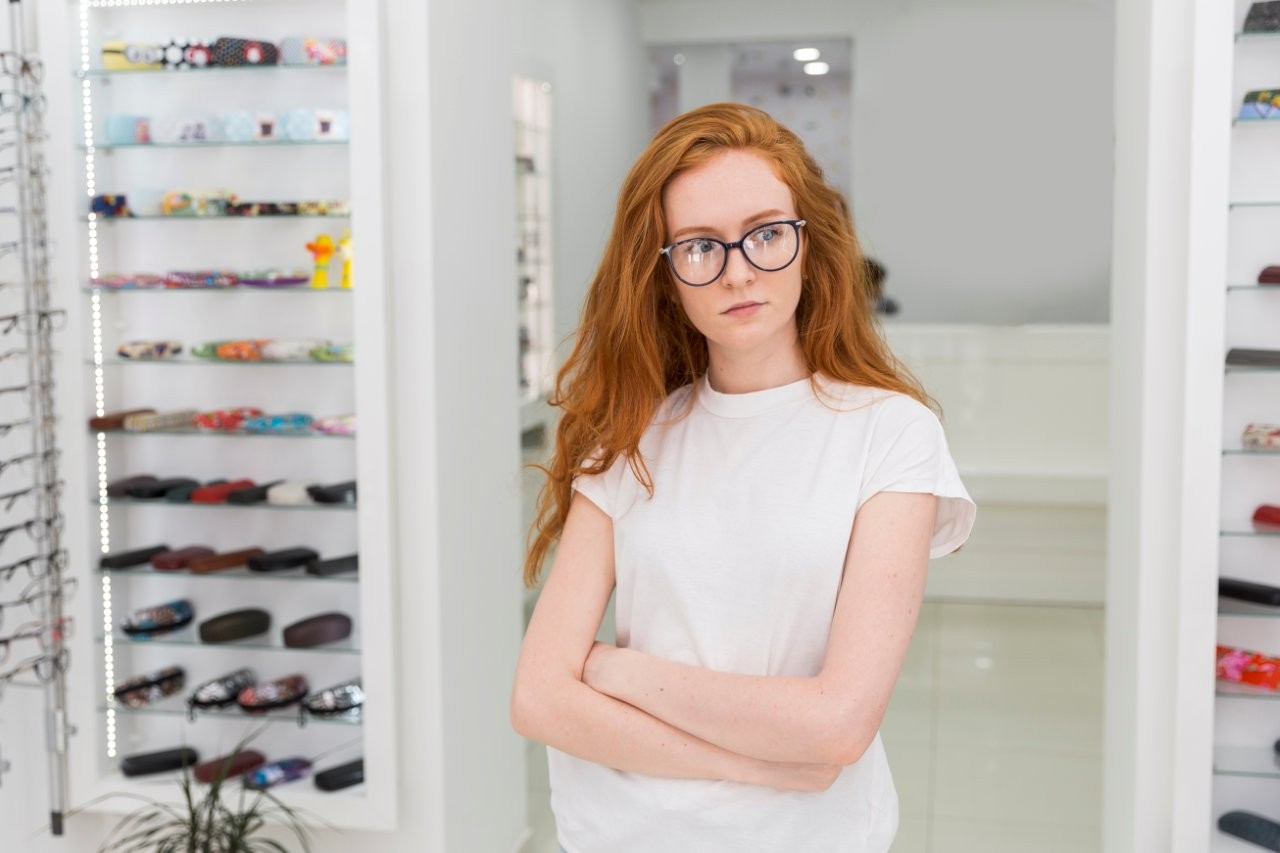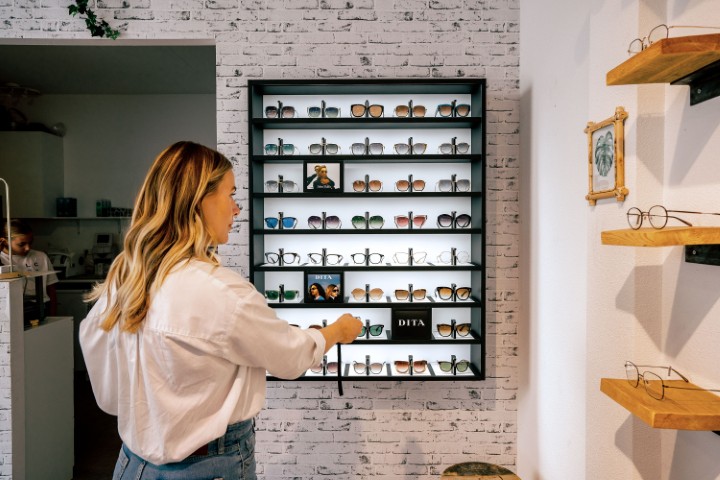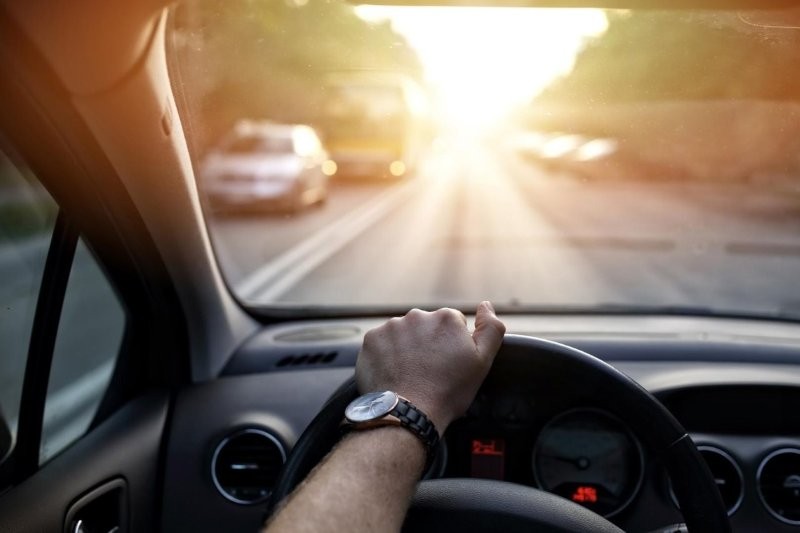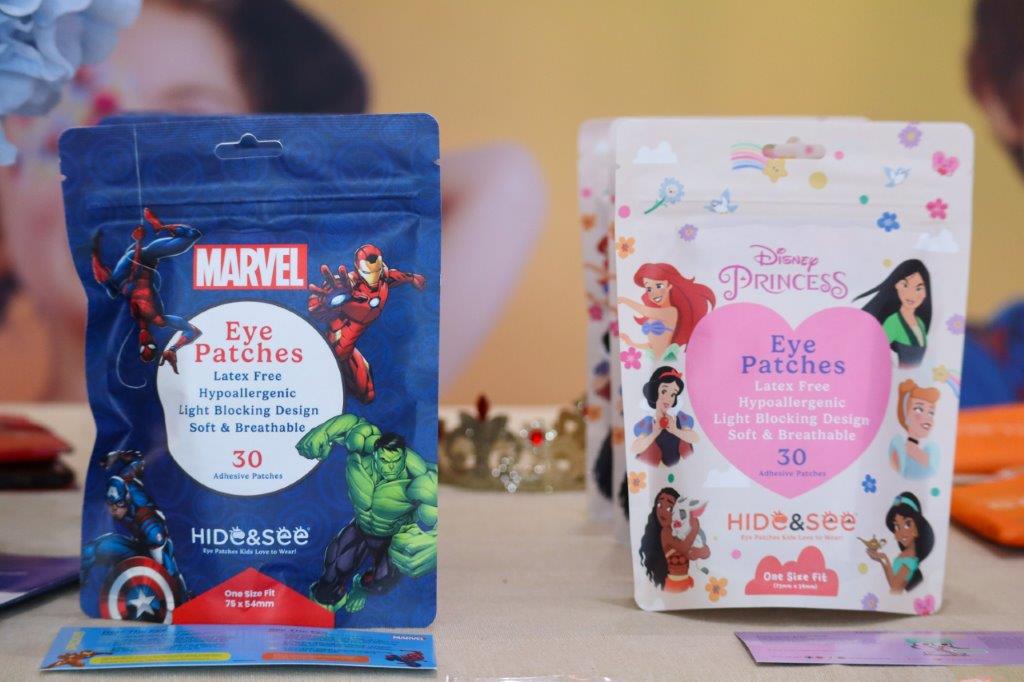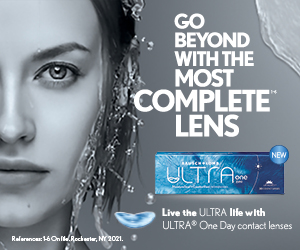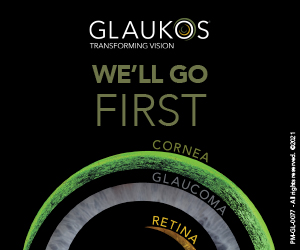Reducing kids’ eyewear anxiety
After a long summer of fun, the start of a new school year is always a good opportunity to form new habits and set objectives for the months ahead. However, for some children it is also a return to feeling anxious. While parents may dismiss it as back-to-school nerves, for many children this dread is rooted in the painful reality of being teased or bullied for wearing glasses.
In 2005, a study published in Investigative Ophthalmology & Visual Science concluded children with visual impairment were 37% more likely to become victims of harassment than their glasses-free peers¹. Unfortunately, this percentage has sharply increased since then, especially since the pandemic². In addition, screen use for millions of children has increased dramatically with remote schooling and digital devices becoming normalised outside school hours. The result is digital eye strain (frequently referred to as computer vision syndrome) and more permanent ocular health issues³. Symptoms ranging from strained eye muscles to dry eye and blurry vision, which were previously more common among older demographics, have now become a regular occurrence for children and teens⁴.
A paper published in the British Journal of Ophthalmology in 2024 found short-sightedness in children tripled between 1990 and 2023 globally⁵. According to the researchers, who surveyed over five million children across six continents, one in three is visually impaired today⁵.

Whether it’s school, sports or weekend activities, kids' optical frames by Lacoste offer easy-to-wear eyewear made to last
As the number of children struggling with deficient eyesight grows, more of them become bullying targets and suffer, often in silence⁶. Anxiety feeds poor focus and falling grades at school as well as social withdrawal⁷. The abuse lowers self-esteem, which fuels depression and poor behaviour. In some cases, self-harm becomes a coping mechanism⁷.
In this context, it is easy to understand why finding strategies to reduce the impact of peer victimisation has become a priority for many parents. But for dispensing opticians and optometrists, eye exams and eyewear try-ons can become easy opportunities to boost a child’s confidence.
Knowledge is power
Since bullying is an imbalance of power, I believe it is key to focus on making spectacle-wearing children feel more empowered, and the first step towards this outcome is to equip them with knowledge to better understand their eye health, so they feel more in charge of their wellbeing.
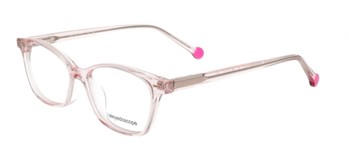
Kaleyedoscope's Ariarne in translucent pink
Here are some prompts for a constructive conversation with your younger patients:
- Keep it simple. Be factual and explain in age-appropriate language why they need glasses. This is helpful for them to anticipate questions from their peers and potential verbal jabs. Practice simple answers with them using fun role play
- Keep it fun. Children can tell when an adult is uncomfortable or worried, so keeping the conversation factual and fun is a good way to avoid passing on sticky emotions. Be creative. For example, use their favourite toys for role play and during the appointment, seek opportunities to let the child participate: can they choose a special chart, or help with tools?
- Be a coach and a cheerleader. Explain the benefits of eyewear. Use concrete examples to show them how wearing glasses gives them extra power by enabling them to do more. Tap into pop culture to show them admired celebrities or superheroes who wear eyewear
- Reassure them. Make it clear their feelings are valid and important to you – encourage them to ask questions. Make them feel smart and important when answering
- Trust that they can do it. Sometimes a child confidently explaining to a bully why they wear glasses may end the abuse. Trusting it’s possible is an important part of changing the situation.
Responsibility breeds confidence
Equipping children with a sense of responsibility can also boost their confidence. Recommend parents book appointments during the school holidays or when their children aren’t rushed, so they feel more relaxed when they arrive at the practice. Better still, suggest the child books it with them, so they feel in charge of the event.

Manufactured in Siliflex, Nano Vista frames are ultra-durable, super flexible, lightweight and hypoallergenic, according to its Spanish manufacturer
To guide, rather than prescribe, frame choice, direct the child towards an age- and fit-appropriate selection, then let them choose the eyewear they love. Some brands please both parents and children as they offer resistant, comfortable and fun models. For example, for younger kids, Minima Junior offers light, hingeless frames, which means they’re flexible and hardwearing. They are designed to remain comfortable as the child grows and the temples can be easily swapped when the colour is no longer their favourite. For older, more style-conscious children, it’s important to guide them towards more fashion-led models made specifically for smaller faces. Trendy shapes constantly change and some brands are tuned in to teens’ fashion, such as Kaleyedoscope, to see children through to the later years of school life. Finish the appointment by teaching the child techniques to easily clean and maintain their glasses, and let them choose a case they love and can customise.

Minima’s junior range is customisable to suit every young face
By taking the time to connect with an anxious child and offering them bespoke support about their eye health and eyewear, dispensing opticians and optometrists can play an important role in reducing the impact of bullying and building a child’s confidence and resilience.
References
- Horwood J, Waylen A, Herrick D, Williams C, Wolke D. Common visual defects and peer victimization in children. Invest Ophthalmol Vis Sci. 2005 Apr;46(4):1177-81
- Kennedy RS, Dendy K. Traditional bullying and cyberbullying victimisation before and during the Covid-19 pandemic: a meta-analysis. Int Journal of Bullying Prevention (2024)
- Wolffsohn JS, Lingham G, Downie LE, Huntjens B, Inomata T, Jivraj S, Kobia-Acquah E, Muntz A, Mohamed-Noriega K, Plainis S, Read M, Sayegh RR, Singh S, Utheim TP, Craig JP. TFOS Lifestyle: Impact of the digital environment on the ocular surface. Ocul Surf. 2023 Apr;28:213-252
- Mohan A, Sen P, Peeush P, Shah C, Jain E. Impact of online classes and home confinement on myopia progression in children during Covid-19 pandemic: Digital eye strain among kids (DESK) study 4. Indian J Ophthalmol. 2022 Jan;70:241-245
- Liang J, Pu Y, Chen J, Liu M, Ouyang B, Jin Z, Ge W, Wu Z, Yang X, Qin C, Wang C, Huang S, Jiang N, Hu L, Zhang Y, Gui Z, Pu X, Huang S, Chen Y. Global prevalence, trend and projection of myopia in children and adolescents from 1990 to 2050: a comprehensive systematic review and meta-analysis. Br J Ophthalmol. 2024 Sep 24:bjo-2024-325427
- Stewart SL, Withers A, Poss JW. School closures on bullying experiences of treatment-seeking children and youth: the influence of the Covid-19 pandemic within Ontario, Canada. Int. J. Environ. Res. Public Health 2024, 21, 1673
- McCurdy BH, Scozzafava MD, Bradley T, Matlow R, Weems CF, Carrion VG. Impact of anxiety and depression on academic achievement among underserved school children: evidence of suppressor effects. Curr Psychol. 2022 Sep 30:1-9. Epub ahead of print. PMID: 36213567; PMCID: PMC9524334.
- John A, Glendenning A, Marchant A, Montgomery P, Stewart A, Wood S, Lloyd K and Hawton K. Self-harm, suicidal behaviours and cyberbullying in children and young people: systematic review. J Med Internet Res 2018;20(4):e129
Lee Sagan is a marketing and design consultant and former freelance health and wellbeing writer who has worked with eyewear distributor MSO in New Zealand for several years.




